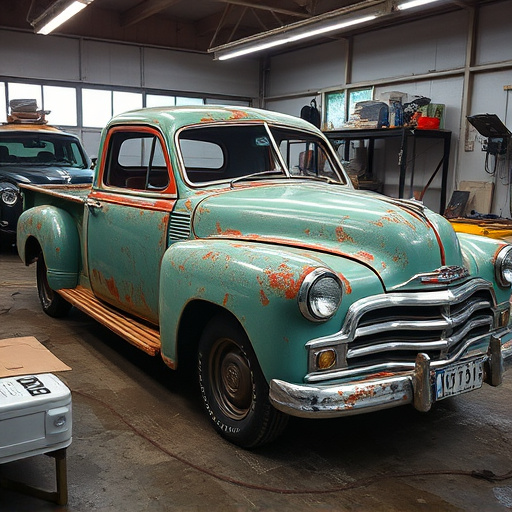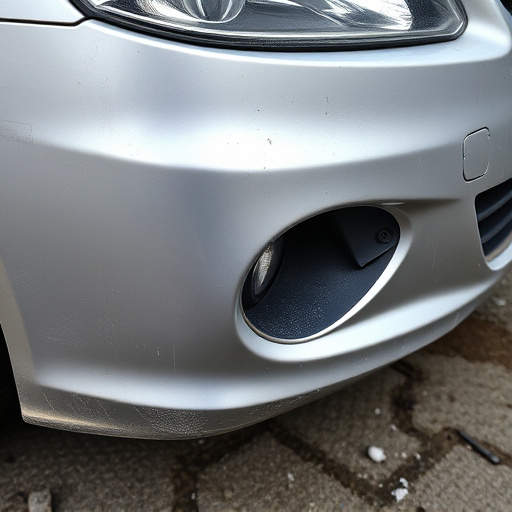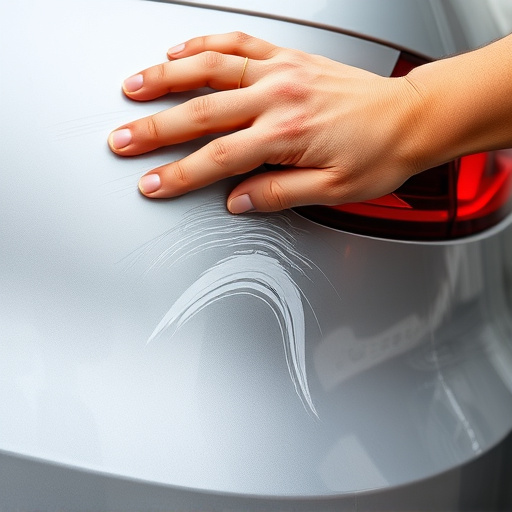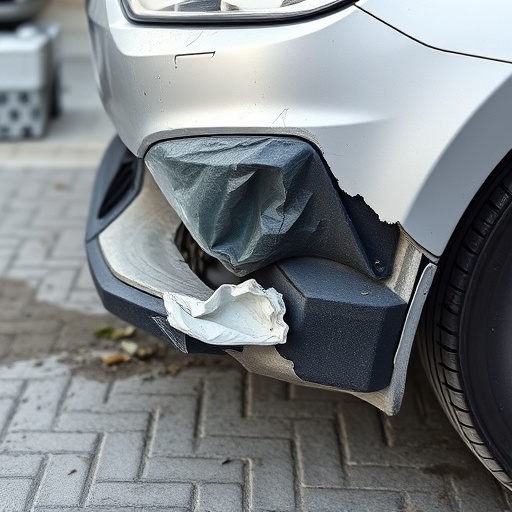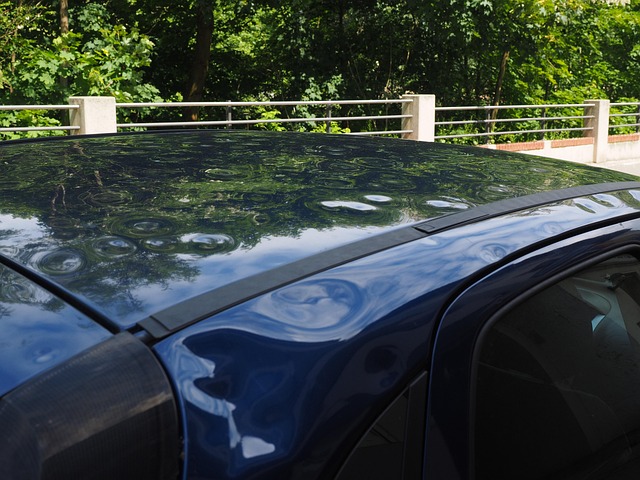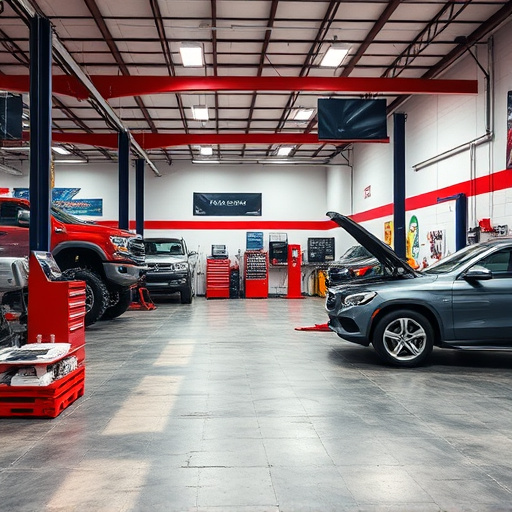A sustainable collision center prioritizes eco-friendly materials and energy efficiency, using recycled parts, implementing waste reduction programs, and adopting green technologies like LED lighting and renewable energy sources to minimize environmental impact and conserve resources, contributing to a greener future.
In today’s eco-conscious world, transforming traditional collision centers into sustainable hubs is not just a trend but a necessary step towards a greener future. A sustainable collision center doesn’t just repair vehicles; it embraces eco-friendly practices throughout its operations. From selecting eco-material and equipment to implementing waste reduction strategies and harnessing renewable energy sources, this article explores the key components that make up an environmentally responsible collision center.
- Eco-Friendly Materials and Equipment Selection
- Waste Reduction and Recycling Strategies
- Energy Efficiency Measures and Renewable Sources
Eco-Friendly Materials and Equipment Selection
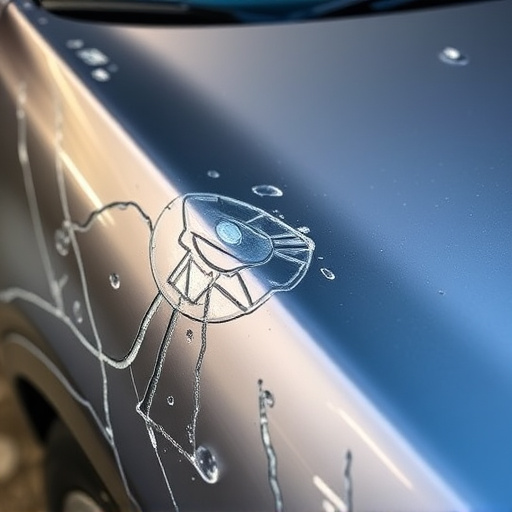
When establishing a sustainable collision center, one key area to focus on is the selection of eco-friendly materials and equipment. This involves choosing products that are not only environmentally friendly but also durable and reliable for car bodywork services. For instance, opting for recycled or biodegradable materials in vehicle repair processes can significantly reduce the center’s carbon footprint.
Furthermore, investing in energy-efficient tools and machinery is another strategic move. Modern, green technologies often boast advanced features that minimize waste, optimize resource use, and reduce emissions during car body shop operations. These practices not only contribute to a greener environment but also enhance the overall efficiency of vehicle repair processes.
Waste Reduction and Recycling Strategies

A sustainable collision center prioritizes waste reduction and recycling strategies to minimize its environmental footprint. By implementing comprehensive programs, the center can significantly cut down on the amount of waste generated during automotive repair services and frame straightening processes. For instance, proper disposal methods for hazardous materials like solvents and oils ensure that these substances do not contaminate soil or water sources.
Additionally, a vehicle body shop at a sustainable collision center encourages recycling of metal, plastic, and glass from damaged vehicles. This not only conserves natural resources but also reduces the energy required for producing new materials. Innovative practices such as using recycled content in replacement parts and promoting drop-off programs for used automotive fluids further enhance waste management efforts, contributing to a greener future for both the business and the community.
Energy Efficiency Measures and Renewable Sources

A sustainable collision center goes beyond mere aesthetics to incorporate energy-efficient practices that significantly reduce its environmental footprint. By implementing measures like LED lighting, high-efficiency HVAC systems, and smart sensors, these centers minimize energy consumption. This not only translates to cost savings but also aligns with the broader goal of reducing greenhouse gas emissions. Additionally, many forward-thinking collision centers are turning to renewable energy sources such as solar panels and wind turbines to further enhance their sustainability profile. These clean energy alternatives provide a reliable and eco-friendly power supply, making them an integral part of any comprehensive green initiative for body shop services or automotive body shop operations.
Moreover, integrating renewable energy into vehicle collision repair processes demonstrates a commitment to a circular economy, where resources are used efficiently and waste is minimized. As the industry continues to evolve, embracing these innovative energy solutions becomes not just an environmental imperative but also a strategic move towards long-term sustainability for any operation, whether it’s a specialized body shop or a full-service automotive facility.
A sustainable collision center goes beyond repair and restoration; it embraces eco-conscious practices throughout its operations. By selecting eco-friendly materials, implementing robust waste reduction and recycling strategies, and adopting energy efficiency measures with renewable sources, these centers not only minimize their environmental impact but also set an example for the industry. Embracing green practices is not just a trend but a responsible step towards a more sustainable future, ensuring both ecological preservation and economic viability for collision centers.




